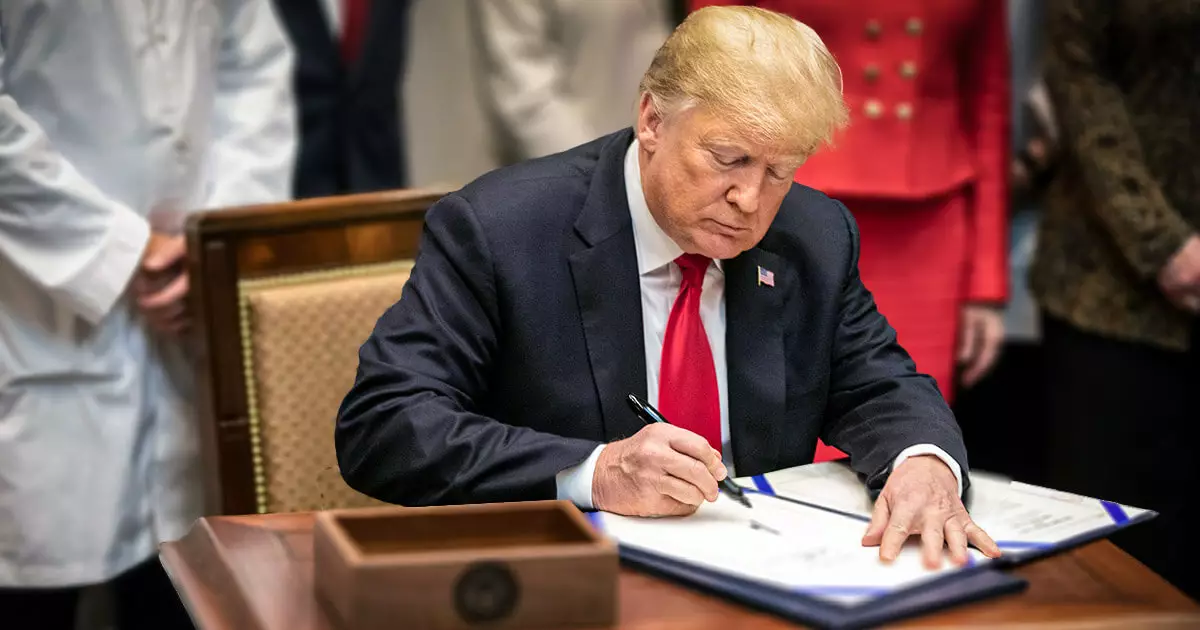On January 23, President Donald Trump enacted an executive order that sets forth a structured approach towards managing digital assets in the United States. This move is not merely about regulating cryptocurrencies; it is targeted at creating a comprehensive framework that acknowledges the growing importance of digital currency in today’s financial landscape. By establishing the Presidential Working Group on Digital Asset Markets, the administration aims to influence national policy, legislation, and the regulatory environment surrounding cryptocurrencies.
One of the primary roles assigned to this new working group is the development of a robust regulatory framework for digital assets. With cryptocurrencies, particularly stablecoins, becoming increasingly popular, the order emphasizes the necessity for clarity in regulations. A well-defined legal structure has the potential to drive innovation and investment in the sector, alleviating concerns from businesses and investors regarding compliance and legal repercussions. This regulatory clarity can foster a more stable environment for the nascent digital asset market, which is often characterized by volatility and uncertainty.
In a notable departure from previous policies, the executive order initiates discussions regarding a national digital assets stockpile, focusing initially on Bitcoin (BTC). This strategic reserve concept seeks to position the U.S. as a significant player in the global cryptocurrency arena, offering potential economic benefits. According to Alex Thorn from Galaxy Digital, the term “stockpile” indicates an intent to monitor and possibly hold existing digital assets without engaging in extensive market purchases at this stage. This could signify a more proactive governmental stance toward cryptocurrency that diverges from traditional economic practices.
The executive order highlights the importance of interagency coordination by involving high-ranking officials from various federal agencies, including the Treasury and the SEC. The inclusion of a figure like David Sacks, dubbed the “White House AI & Crypto Czar,” indicates a high level of commitment to integrating expert knowledge into policy creation. This collaboration could ensure that diverse perspectives are considered while making significant decisions regarding digital assets, potentially leading to more balanced and informed regulations.
The Restriction on Central Bank Digital Currencies
While establishing frameworks for cryptocurrencies, the executive order distinctly prohibits progress on Central Bank Digital Currencies (CBDCs). This prohibition raises essential questions about the future of governmental control over digital currency and financial privacy. By halting the advancements of CBDCs, the Trump administration suggests a preference for decentralized digital assets over state-controlled alternatives, reflecting a broader ethos of economic freedom and innovation.
Trump’s executive order represents a pivotal moment in the realm of digital finance. By laying the groundwork for a strategic national stance on cryptocurrencies and digital assets, the order not only signals a commitment to fostering innovation but also emphasizes the need for regulation in a rapidly evolving market. As the working group sets forth to navigate these developments, the path taken could shape the U.S. position in the global cryptocurrency landscape for years to come. The landscape of digital finance is indeed changing, and this executive order marks only the beginning of an ongoing dialogue about the future of money in a digital world.



















It’s groundwork.